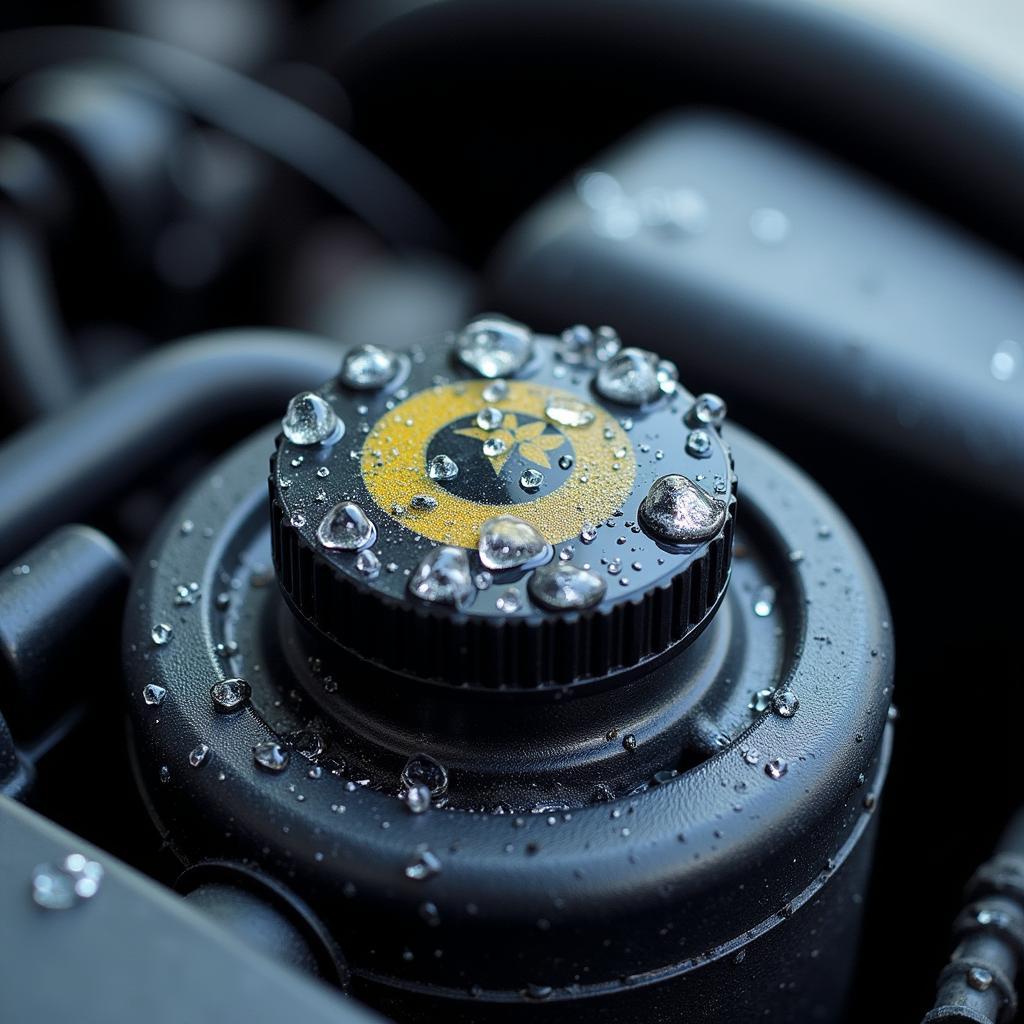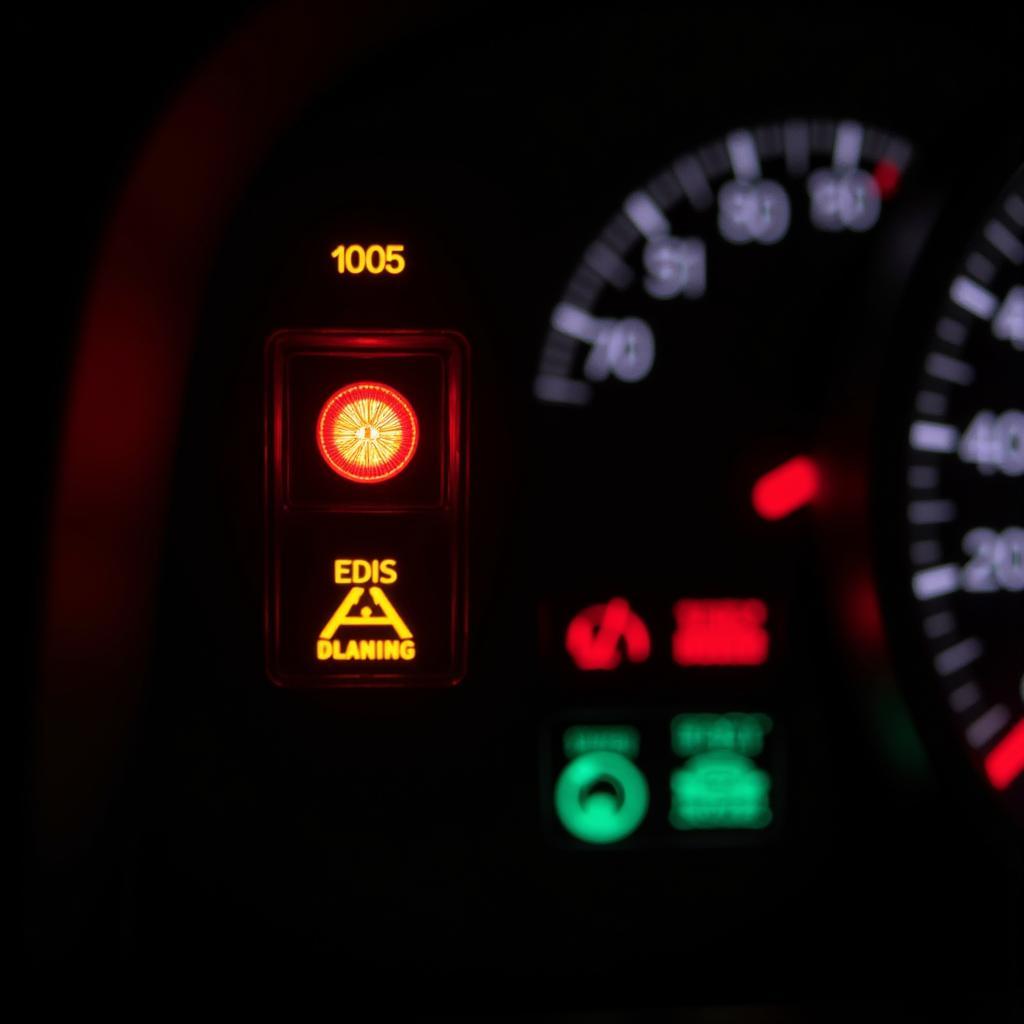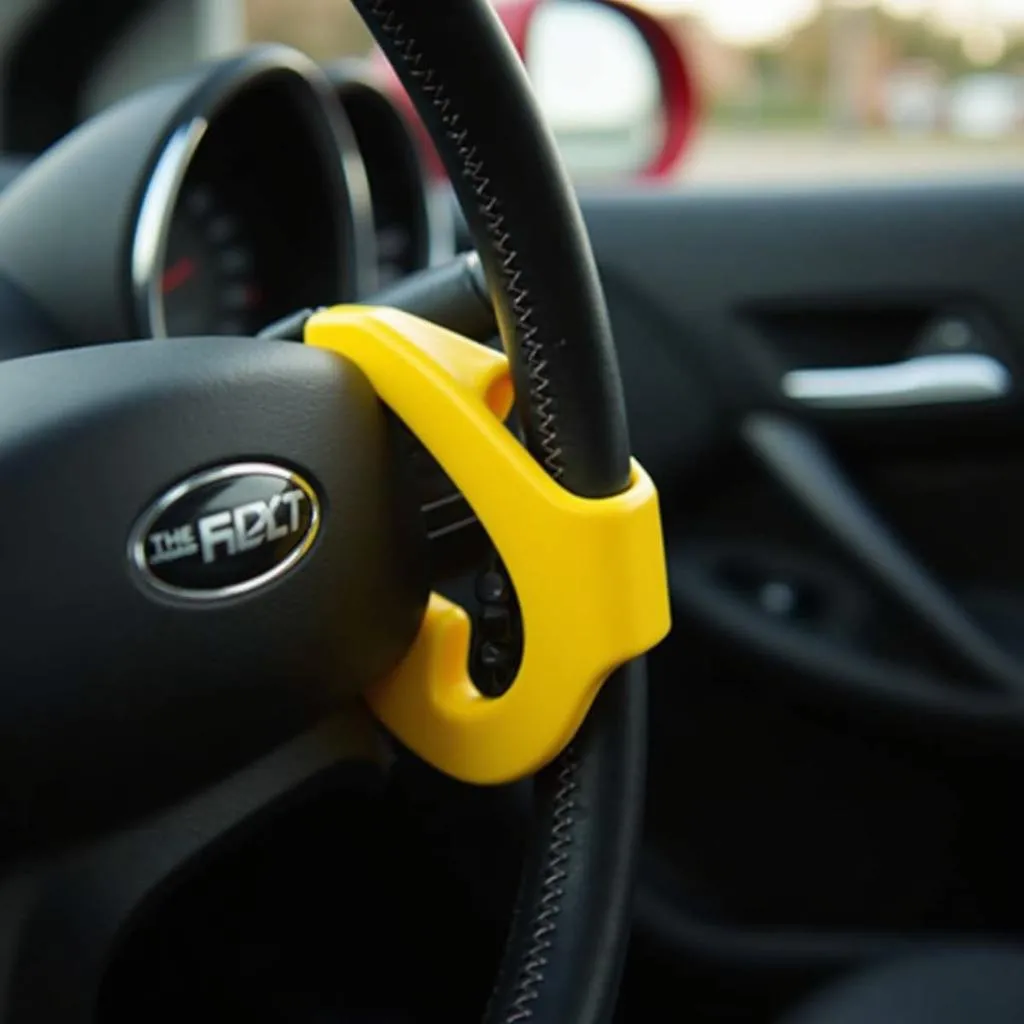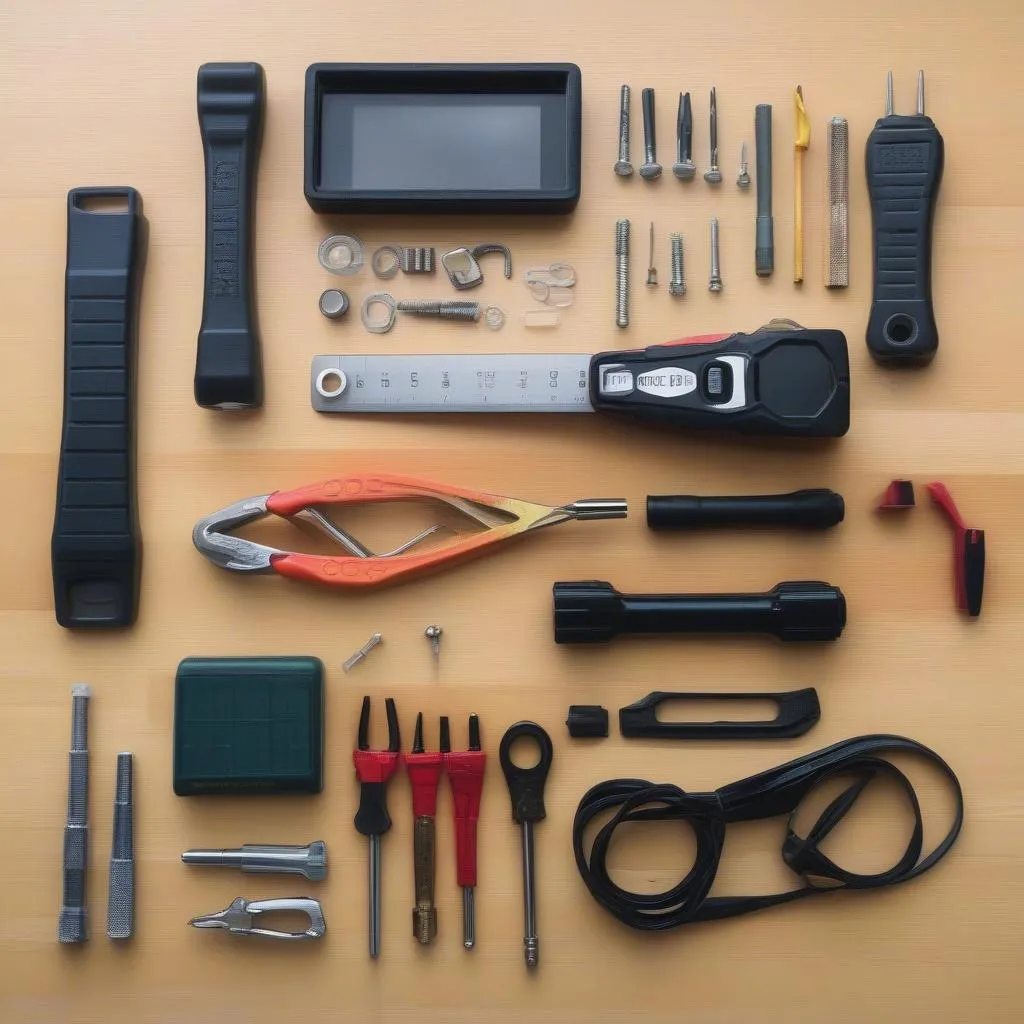You’re driving on a frigid winter morning when suddenly, your brake warning light illuminates on the dashboard. Is it just the cold, or is something seriously wrong? While a sudden brake warning light should never be ignored, cold weather can indeed play a role in triggering this alarming signal.
Let’s delve into the intricate connection between cold temperatures and your car’s braking system, exploring the potential reasons behind this phenomenon and providing insights on how to address them.
How Cold Weather Affects Your Car’s Braking System
Your car’s braking system is a complex network of components working in harmony to ensure your safety on the road. However, this intricate system is not immune to the effects of extreme temperatures, particularly the biting cold of winter. Let’s explore how cold weather can impact different parts of your braking system:
1. Brake Fluid: The Lifeblood of Your Brakes
Brake fluid is essential for transmitting the force you apply to the brake pedal to the wheels, ultimately stopping your vehicle. Cold temperatures can cause brake fluid to thicken, reducing its ability to flow efficiently through the brake lines. This sluggishness can lead to delayed brake response or even cause the brake warning light to flicker or stay on.
 Brake Fluid Reservoir in Cold Weather
Brake Fluid Reservoir in Cold Weather
2. Brake Lines: Vulnerable to Corrosion
Brake lines, responsible for carrying brake fluid, are typically made of metal and are susceptible to corrosion, especially in regions that experience harsh winters. When water seeps into the brake lines and freezes, it expands, potentially causing blockages or even ruptures. These compromised brake lines can trigger the brake warning light and severely impact your car’s ability to brake effectively.
3. Sensors and Electrical Components: Susceptible to Malfunctions
Modern cars are equipped with various sensors that monitor the braking system’s health. These sensors, along with other electrical components, can be sensitive to extreme temperatures. Cold weather can cause condensation to form on electrical connections, leading to malfunctions that trigger the brake warning light.
 Car Dashboard with Brake Warning Light On
Car Dashboard with Brake Warning Light On
Common Brake Warning Light Causes in Cold Weather
While a glowing brake warning light in cold weather can be unnerving, understanding the common culprits can help you take appropriate action:
- Low Brake Fluid: Cold temperatures can exacerbate existing low brake fluid levels, as the fluid contracts.
- Moisture in the Brake System: Even a small amount of moisture in the brake system can freeze and cause problems, particularly in brake lines.
- Worn Brake Pads: Cold weather can accelerate wear and tear on brake pads, especially if they are already nearing the end of their lifespan.
- Faulty Brake Light Switch: The brake light switch, responsible for activating your brake lights when you press the pedal, can malfunction in cold weather, triggering the warning light.
What to Do When Your Brake Warning Light Comes On in Cold Weather
If your brake warning light illuminates during a cold spell, don’t panic! Instead, follow these steps to ensure your safety:
- Pull over safely: Find a safe location to pull over and assess the situation.
- Check your brake fluid: Carefully inspect the brake fluid level in the reservoir. If it’s low, adding more brake fluid might temporarily solve the issue.
- Inspect your brakes: Visually examine your brake lines for any signs of leaks, cracks, or corrosion.
- Contact a mechanic: If you notice any irregularities, or if the warning light persists, it’s crucial to contact a qualified mechanic immediately.
 Mechanic Inspecting Car Brakes in Winter
Mechanic Inspecting Car Brakes in Winter
Preventing Brake Problems in Cold Weather
Prevention is always better than cure, especially when it comes to your car’s braking system. Here are some proactive measures to prevent brake-related issues during winter:
- Regular Brake Fluid Flushes: Follow your car manufacturer’s recommended maintenance schedule for brake fluid flushes. Fresh brake fluid with a higher boiling point is less likely to freeze or thicken in cold weather.
- Thorough Brake Inspections: Schedule regular brake inspections, especially before the onset of winter. A mechanic can identify potential issues like worn brake pads, leaks, or corrosion.
- Keep Your Car Clean and Dry: Regularly wash your car during winter to remove road salt and grime that can accelerate corrosion. Ensure your car is adequately dried afterward, paying attention to the wheel wells and undercarriage.
- Park in a Garage: Whenever possible, park your car in a garage or covered area to shield it from the elements and maintain a more stable temperature.
Conclusion
While a sudden brake warning light in cold weather can be concerning, understanding the potential causes and taking the right precautions can help ensure your safety on winter roads. Remember, regular maintenance, prompt attention to warning signs, and safe driving practices are your best allies in combating the challenges of winter driving.


